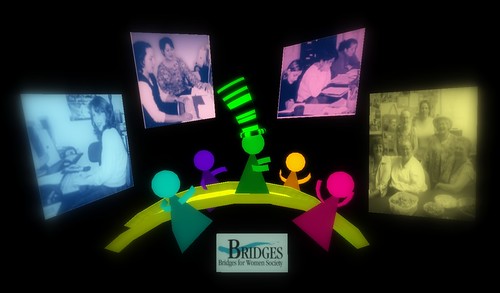In the process of learning English or any language, the very basic and initial phase is listening. Furthermore learners imitate the sound, speaking the language comes out the next stage. In Asia, school often focuses too much on preparing students to take part in tests; therefore, most of students I met before were good at reading as well as writing, but not the basic skills such as listening as well as speaking.
Here is a very useful material on line to provide teachers and students to practice their listening skills. It is ESL podcast blog. The advantages of this podcast are the speed of the speaker, the various materials, and the detailed elaboration from the speaker. Teachers can broadcast those podcasts online to the whole class and ask students to dictate the lines that speaker says.
In addition, students can pick up many idioms, slangs, and vocabulary by listening to the materials. The textbooks can be updated like the materials online. Sometimes, textbooks can still provide students the old fashion idioms or slangs. ESL podcast might solve this sort of problem, and teachers can use this kind of updated websites to increase students’ knowledge.
Here are the phrases and vocabulary I wrote down for my students to learn.
No way- absolutely not
Out of my league- sb/sth is too good or of high quality that you don’t feel that you are worth it
Have nothing on you- you’re as good as the person, that person has no advantages over you
Confidence- the feeling that you are able to do something
Throw sth away- put it in the trash, dispose it
Out of the blue- unexpectedly, without warning
Creep- the same as a jerk, negative way of describe sb, behave in unlikable way
Bold- to show the ability to take risks, not to be fearful
Stole, steal- take sth that isn’t yours
To admire sb- to like sb very much, to respect sb very much, doesn’t have a romantic meaning, you can also look up to people like your father or a president.
Afar- at a distance, far away
Ask sb out- ask sb to go out for a romantic date
Come of as- make other people believe a certain thing, to see you in a certain way
Eat it up- to accept sth eagerly
No guts, no glory- if you don’t take any risks, you wont gain anything.
No pain, no gain- in order to get sth good, you often have to go through some pain.




















